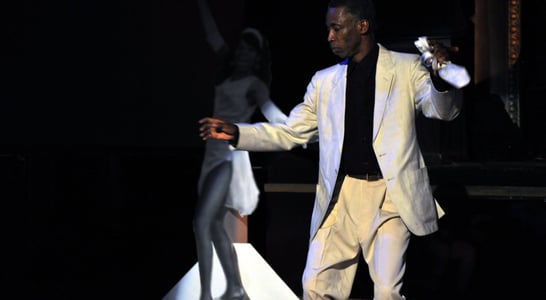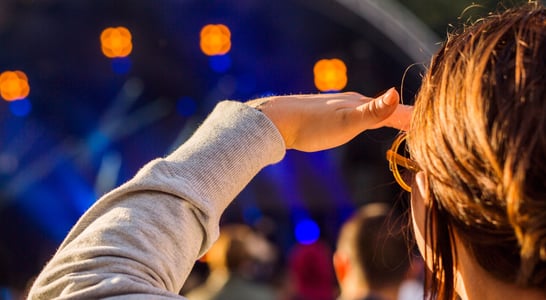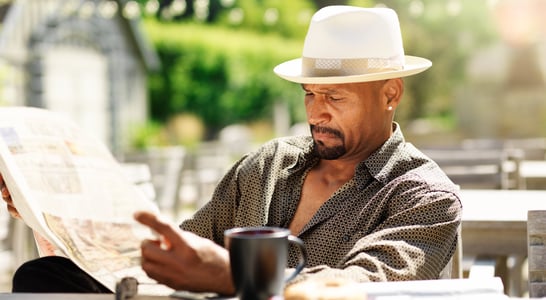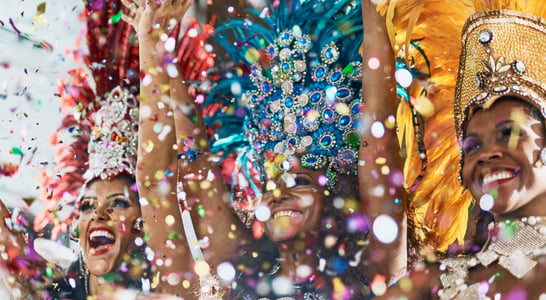
National Tango Day
National Tango Day is a celebration of Argentina’s most iconic dance form. It honors not only the captivating movements of the tango but also its deep cultural roots within the nation.
The tango is more than a dance; it tells stories of connection, emotion, and shared experiences. From the bustling streets of Buenos Aires to the dance floors around the world, the tango serves as a beautiful way for people to express themselves.
What makes National Tango Day special is how it recognizes the tango’s unique ability to connect individuals beyond language and borders. The sensual rhythm and emotional depth of this dance make it a global phenomenon.
Argentina’s rich heritage is reflected in every step, echoing stories of love, loss, and joy. Today, people all over the world celebrate this day, keeping the spirit of tango alive, sharing its passion, and embracing the human connections it fosters.
How to Celebrate National Tango Day
Tango Your Way Through the Day
National Tango Day deserves a little pizzazz, don’t you think? Whether you’re a seasoned dancer or a toe-tapping novice, here are some fun ways to celebrate this rhythmic day and get in step with the tango vibe!
Take a Tango Class
Why not step out of your comfort zone and into a tango class? Many local studios offer beginner lessons, so even those with two left feet can glide their way across the dance floor. It’s an opportunity to learn the basics and add a little flair to your footwork. Plus, who doesn’t love a good excuse to dance?
Host a Tango-Themed Party
Gather friends for a tango-inspired party! Create a playlist packed with sultry tango tunes, serve Argentine snacks, and clear a space for impromptu dance-offs. With a little imagination, you can turn your living room into a mini Buenos Aires. Bonus points for adding a bandoneón sound to the mix!
Watch a Tango Show
Not feeling the dance floor? Take in a live tango performance or watch a classic tango film. This gives you a front-row seat to admire the intricate footwork, dramatic pauses, and passionate movements that make the tango so mesmerizing. No need to leave the couch—just let the pros handle the fancy footwork while you sit back with popcorn.
Dive Into Tango Music
For music lovers, today’s the perfect excuse to explore the world of tango music. Listen to classic tango artists, like Carlos Gardel, or discover modern interpretations. Either way, let the rhythms of the bandoneón and guitar stir your soul and inspire a dance in your living room.
Tango in the Streets
If you’re feeling bold, take your tango to the streets! Many cities host outdoor events where dancers of all levels join in. It’s an exhilarating way to celebrate and connect with others while showing off your best tango moves under the open sky.
History of National Tango Day
National Tango Day began as a tribute to two legends of Argentine tango: Carlos Gardel and Julio De Caro.
The idea came from Ben Molar, a composer and tango enthusiast, who realized that both artists shared a birthday. He saw this as the perfect reason to create a day celebrating the dance they helped make famous.
In the 1960s, Molar took his proposal to the Secretary of Culture in Buenos Aires. He wanted an official day to honor tango’s impact on Argentina.
Though it took some time, the government eventually agreed. By 1977, National Tango Day became an annual event, with December chosen to remember the birth of these tango pioneers.
Carlos Gardel, a beloved singer, made tango music popular worldwide. Meanwhile, Julio De Caro revolutionized the way tango was played, giving it a unique sound. Together, they shaped the essence of the tango that lives on today.
National Tango Day celebrates not just the music or dance but also the culture and history associated with it. The day now extends beyond Argentina, with people around the world joining in to honor the tango’s enduring legacy.
National Tango Day FAQs
How did the tango’s reputation evolve from scandalous to celebrated?
Initially, society viewed the tango as provocative due to its close embraces and origins in Buenos Aires’ lower-class districts.
However, when Argentine dancers introduced it to Paris in the early 20th century, European high society embraced it, leading to global acceptance and a shift in perception back home.
What role did African culture play in the development of the tango?
African influences significantly shaped the tango’s rhythm and movements.
The candombe ceremonies of African descendants in the Río de la Plata region contributed to its unique style, blending with European musical elements to create the distinctive tango form.
How has the tango been recognized by international cultural organizations?
In 2009, UNESCO added the tango to its Intangible Cultural Heritage list, acknowledging its profound impact on Argentine and Uruguayan culture and its global significance as a cherished art form.
Are there any unique tango festivals around the world?
Yes, Buenos Aires hosts the annual Tango Festival and World Cup, attracting dancers worldwide to compete and celebrate the dance’s rich heritage.
Additionally, cities like Paris and Helsinki hold their own tango festivals, highlighting its international appeal.
How has the tango influenced other art forms?
The tango’s passionate expression has inspired various art forms, including literature, film, and visual arts. Its themes of love, longing, and nostalgia resonate across different mediums, influencing artists globally.
What are some misconceptions about the tango?
A common misconception is that the tango is solely a dance of seduction. While it has sensual elements, the tango also expresses a wide range of emotions, including melancholy and joy, reflecting the complexities of human relationships.
How do different countries incorporate their own styles into the tango?
Countries like Finland have developed their own tango styles, blending traditional Argentine elements with local musical influences, resulting in unique interpretations that reflect their cultural identities.
What is the significance of the bandoneón in tango music?
The bandoneón, a type of concertina, is central to tango music, providing its distinctive melancholic sound.
Brought to Argentina by German immigrants, it became a defining instrument in tango ensembles.
How has the tango been used as a form of social or political expression?
The tango has served as a medium for social commentary, addressing themes like immigration, poverty, and political unrest, reflecting the struggles and sentiments of the Argentine people throughout history.
Are there any notable myths or legends associated with the tango?
One legend suggests that the tango originated in brothels, danced by waiting clients.
While the tango did emerge in lower-class areas, it was also popular in communal gatherings, making this a romanticized myth rather than a factual account.
See what else is happening…
There’s always more going on every month at Days Of The Year. Here are our favorites this month!
Also on ...
View all holidaysNational Have a Bagel Day
A delightful morning treat — round and satisfying, toasted to perfection and topped with a variety of delicious spreads.
International Mountain Day
Take a scenic hike or drive up a nearby peak, try adventurous sports like mountain biking and skiing or camp out and sleep under the stars.
UNICEF Day for Change
Extending a helping hand to children worldwide, making a meaningful difference through a renowned global organization.
We think you may also like...
World Lindy Hop Day
Swinging to the rhythm, it's all about that energetic dance that harks back to the jazz-filled nights of old.








